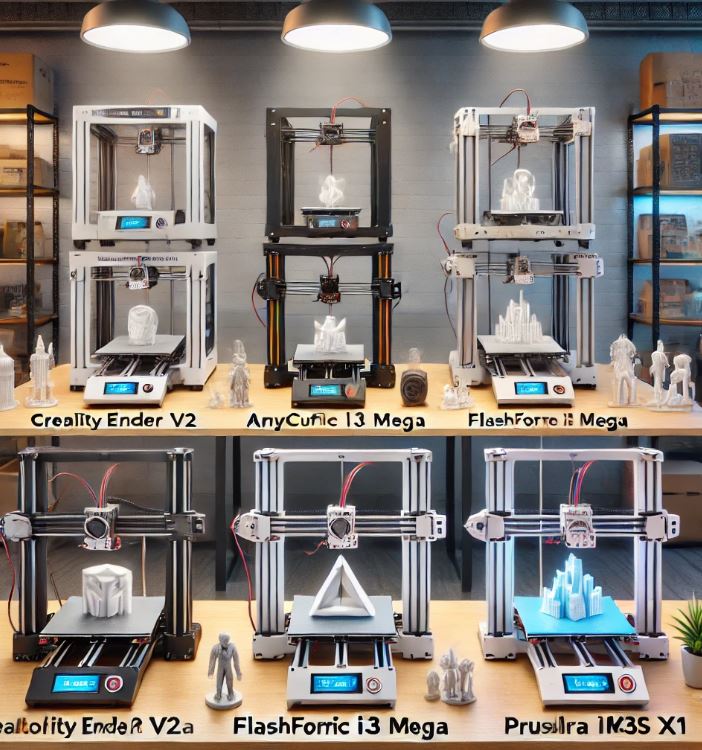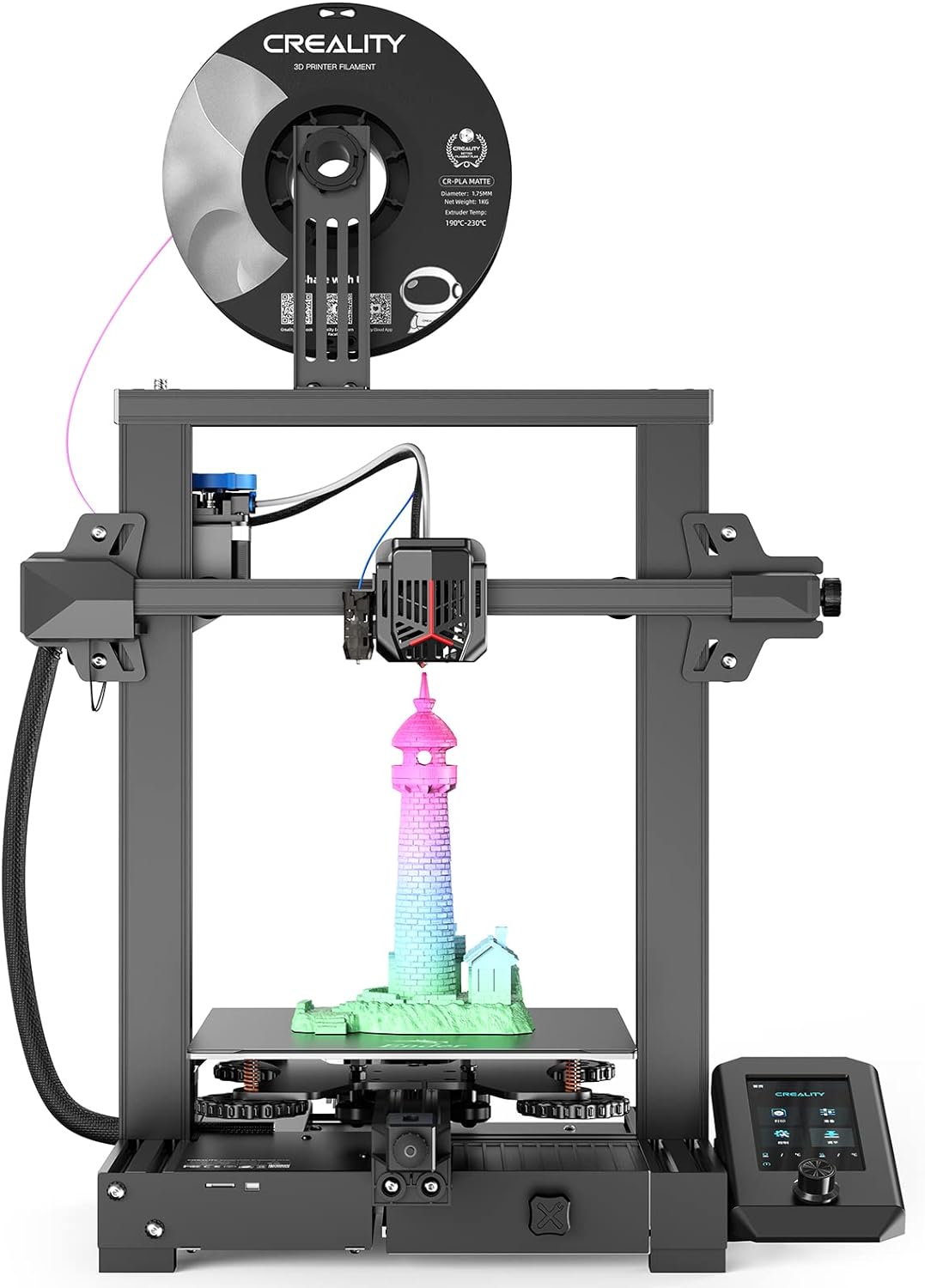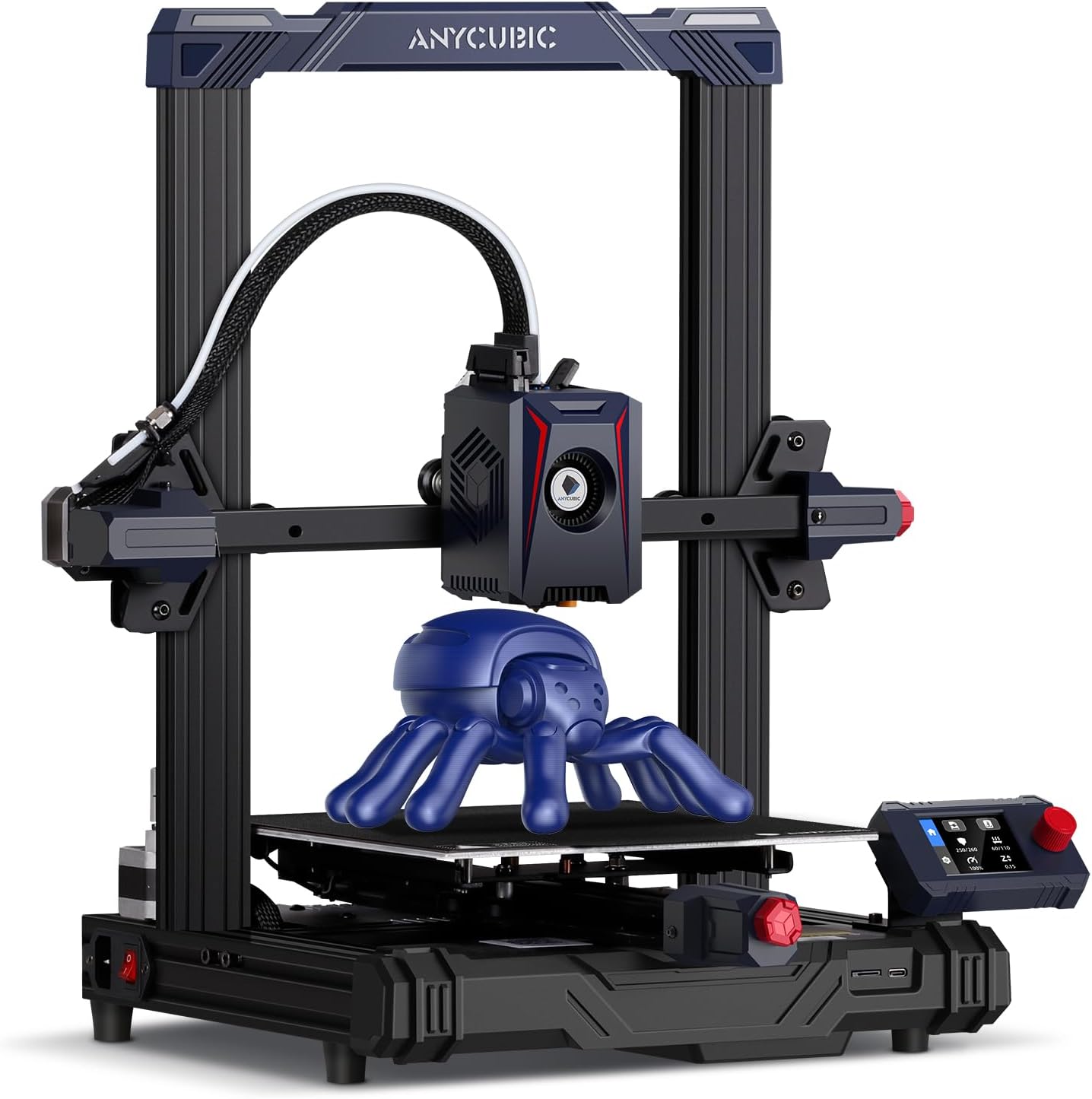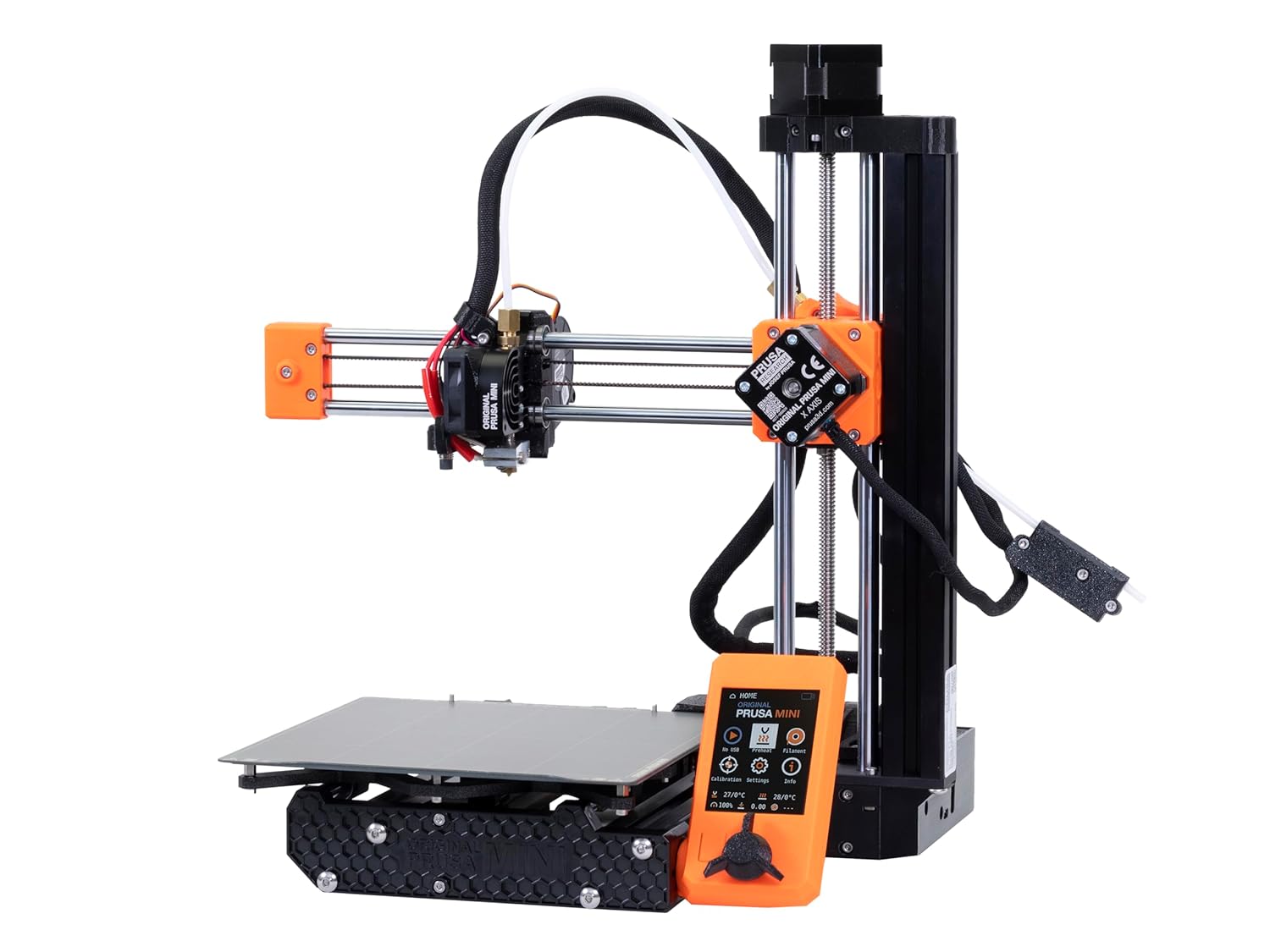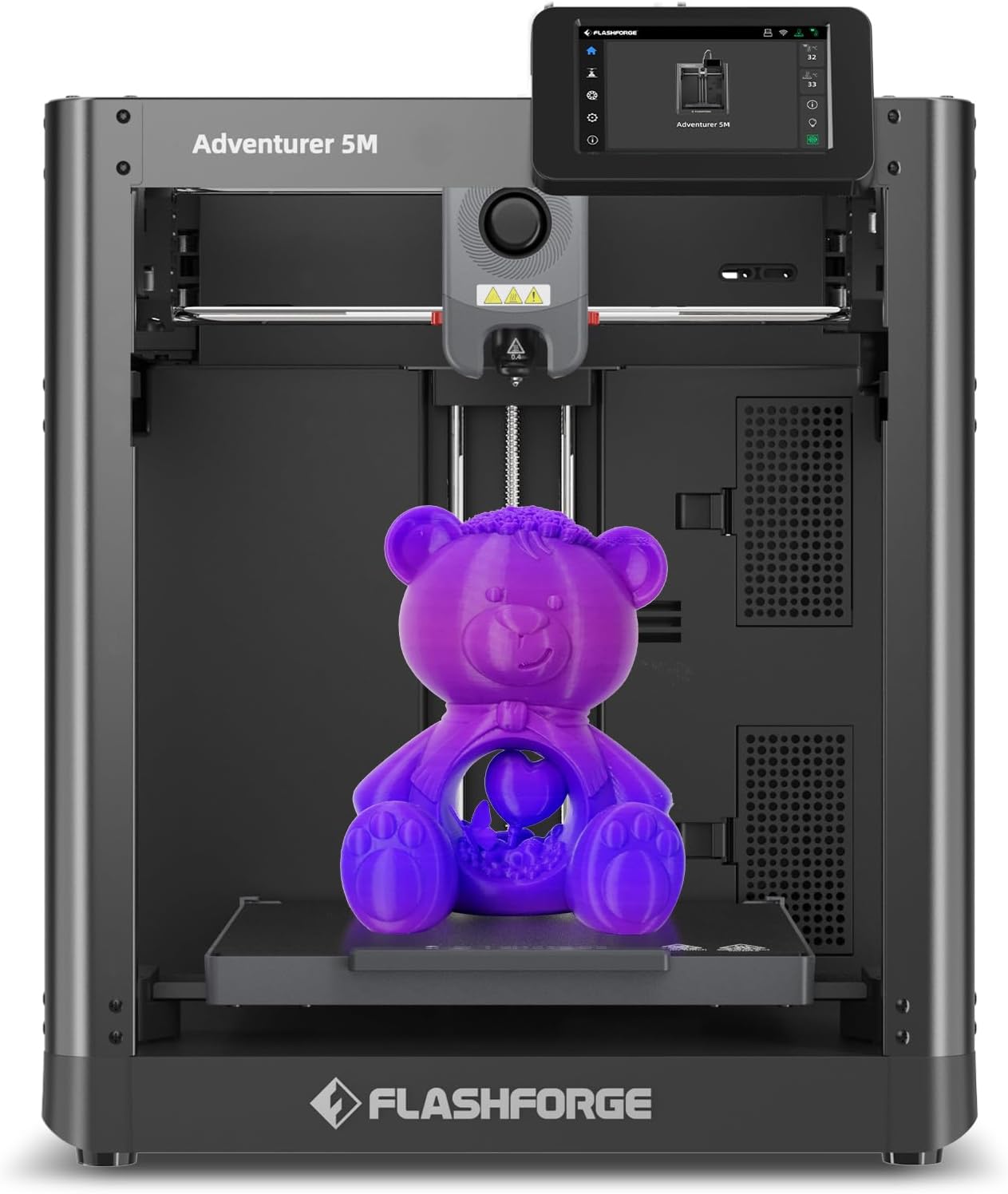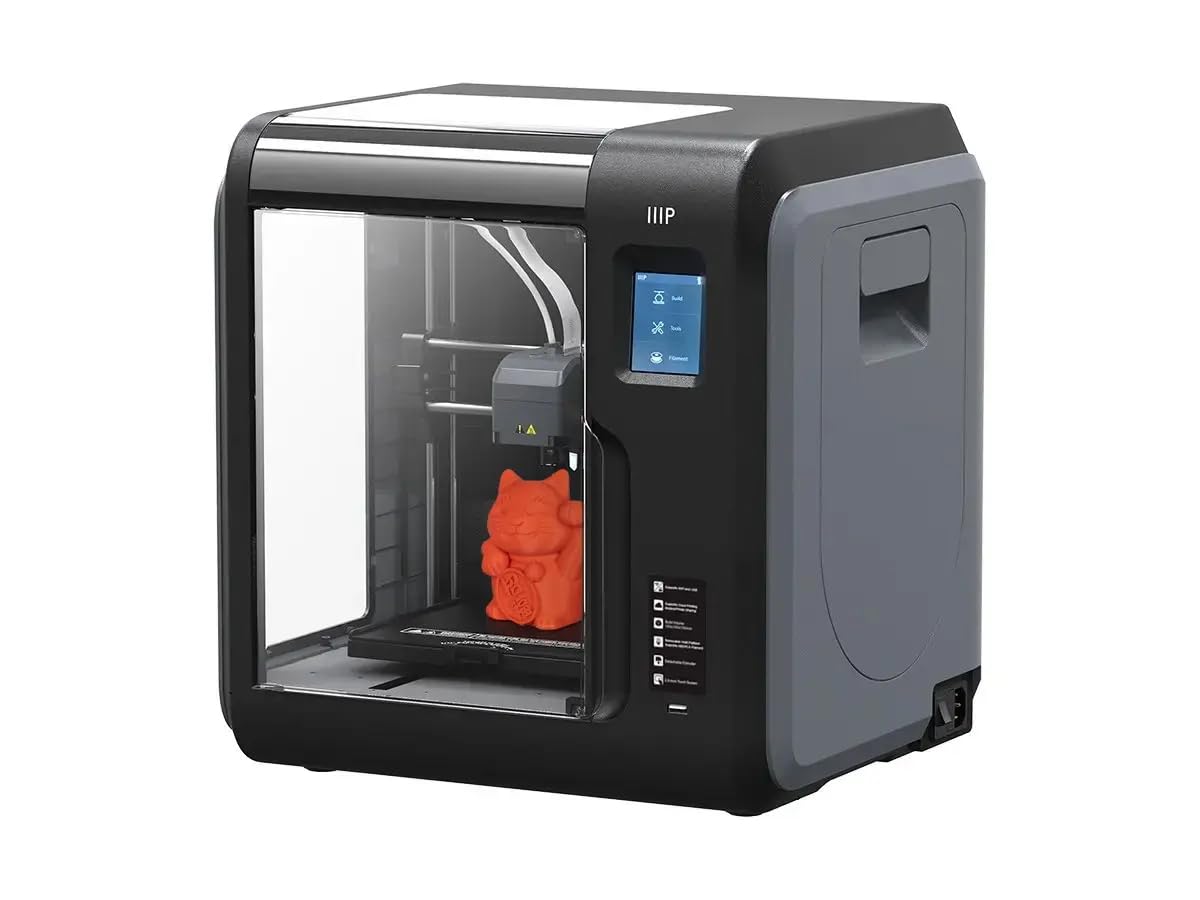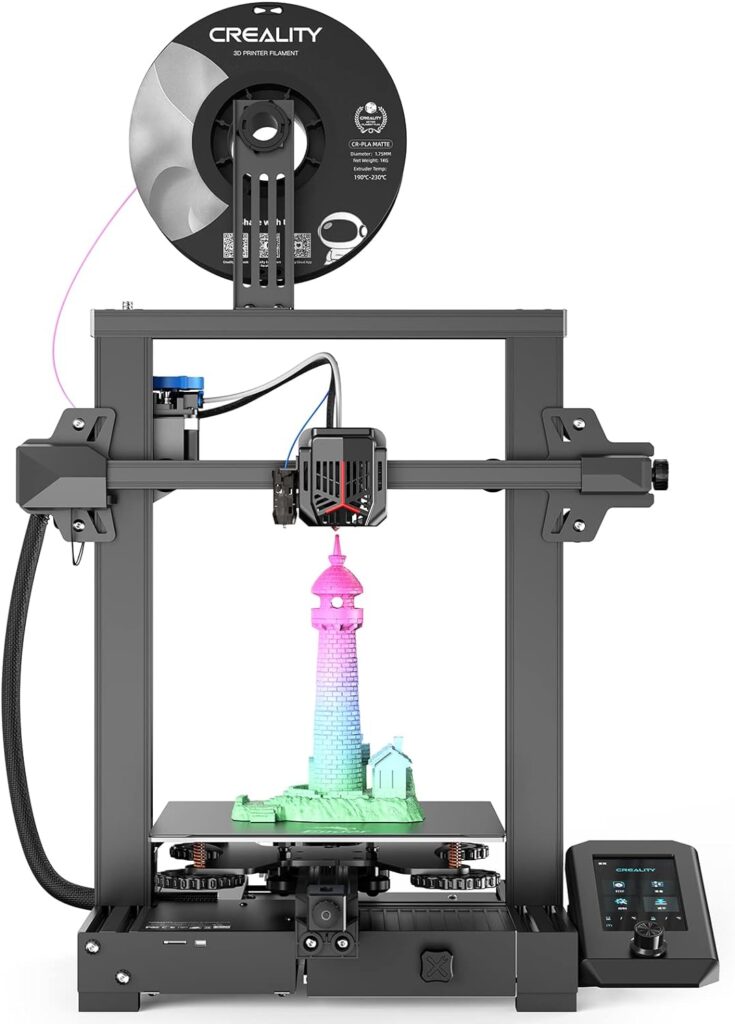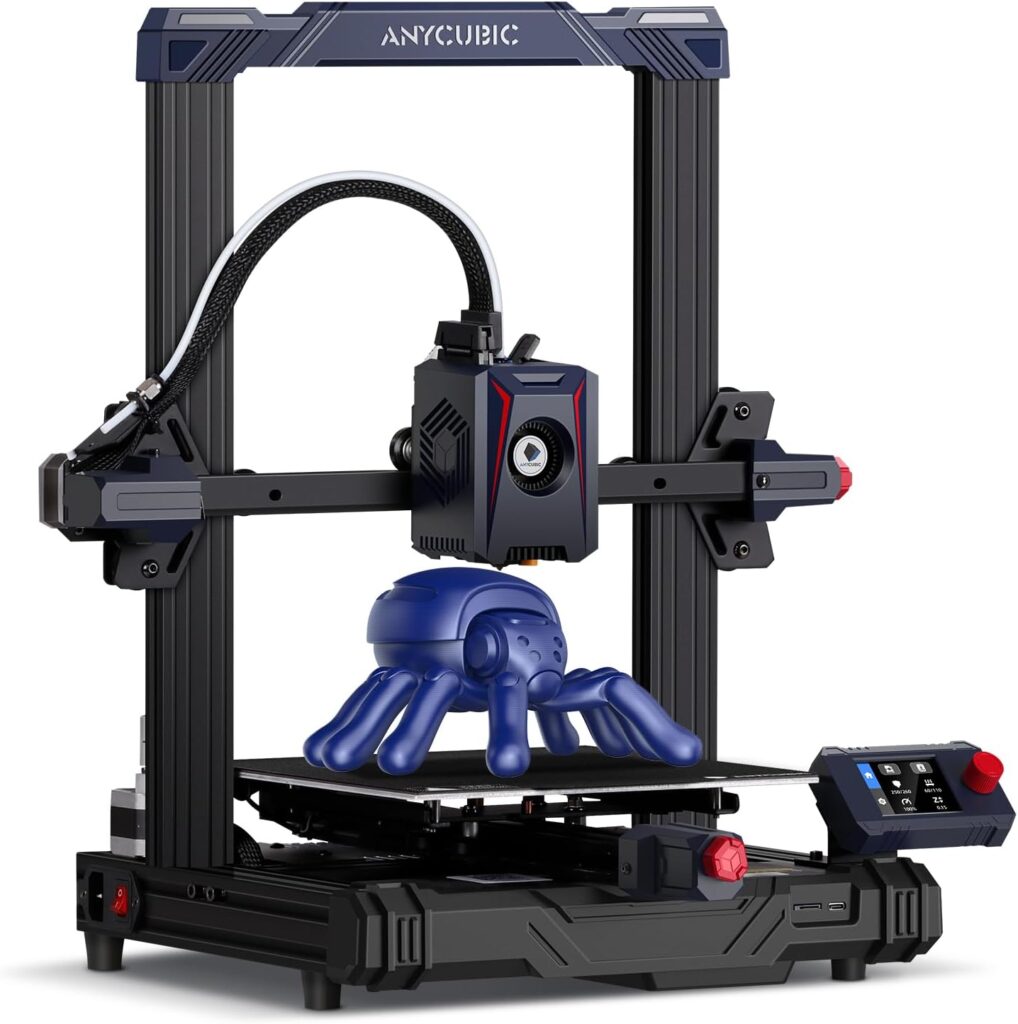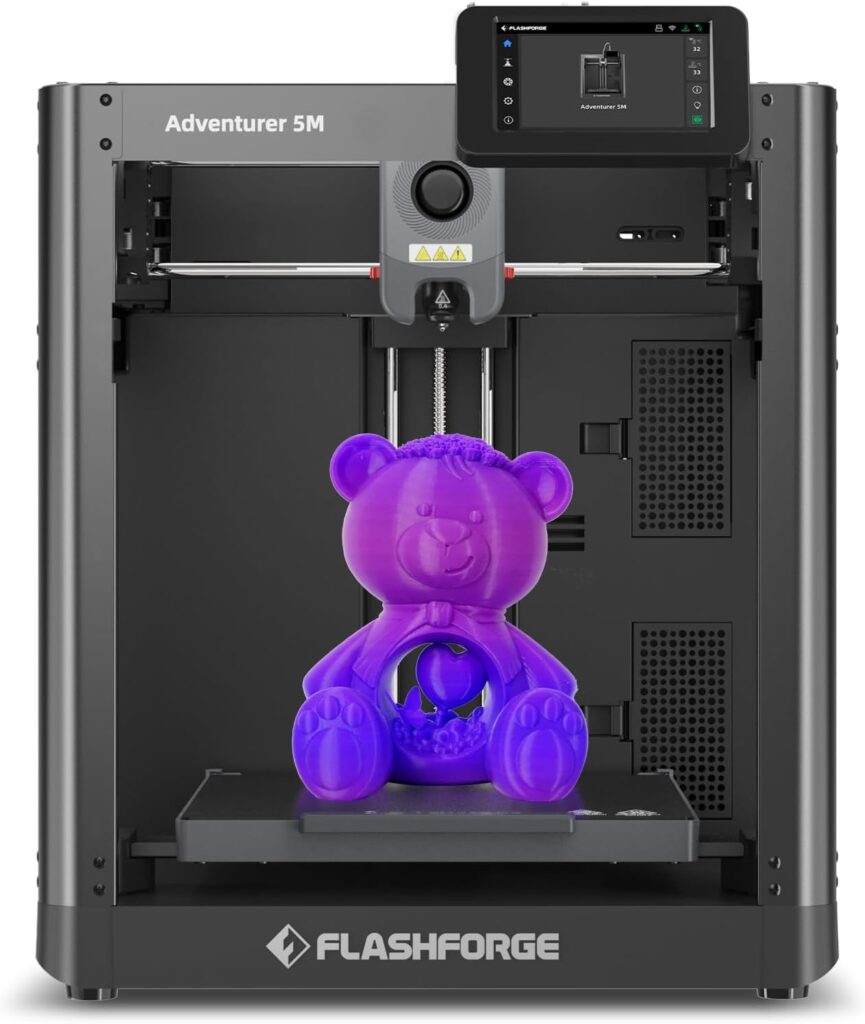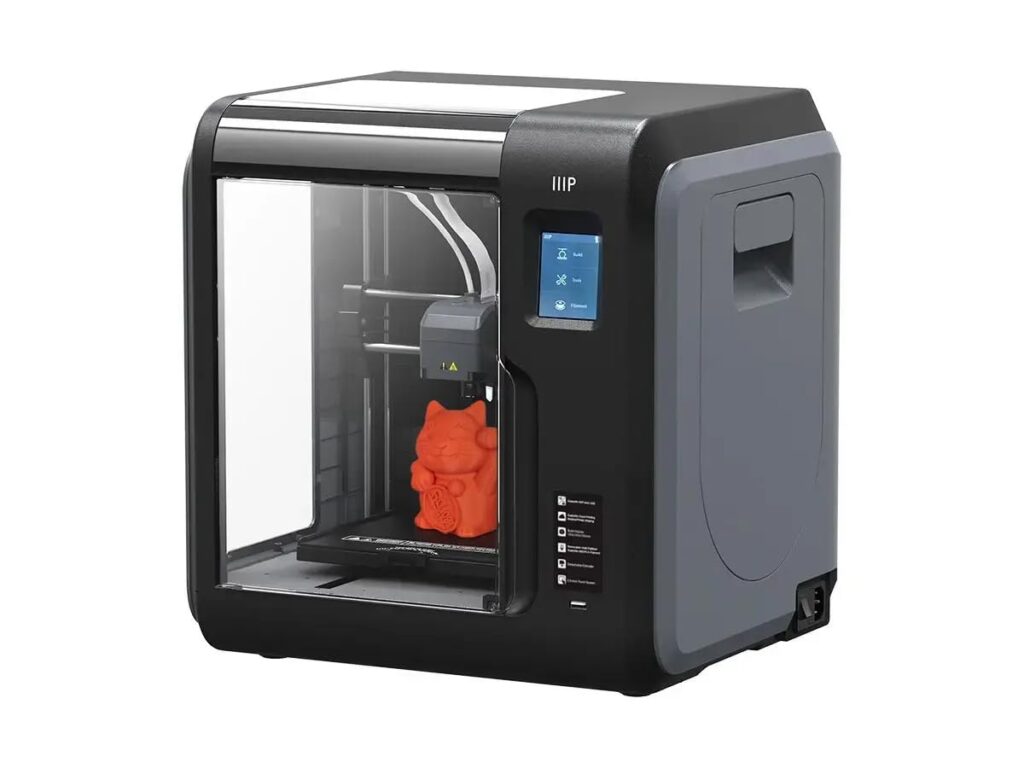I'm a participant in the Amazon Services LLC Associates Program, an affiliate advertising program designed to provide a means for me to earn fees by linking to Amazon.com and affiliated sites.
3D printing has revolutionized the way we create, innovate, and bring ideas to life. For beginners, finding the right starter 3D printer is crucial to ensure a smooth and rewarding experience. In this article, we’ll explore the top 5 best starter 3D printers available today, comparing their features, pros and cons, and the major differences between them. Whether you’re a hobbyist, student, or someone looking to dive into the world of 3D printing, these models offer a great starting point.
Product | Build Volume | Ease of Use | Print Quality | Community Support | Special Features | Price | |
|---|---|---|---|---|---|---|---|
Large | Moderate | Excellent | Extensive | Upgradeable, customizable | |||
Medium | High | Good | Good | Touchscreen, sturdy frame | |||
Small | Very High | Excellent | Excellent | Compact, reliable support | |||
Small | Very High | Good | Moderate | Enclosed, quiet operation | |||
Small | High | Good | Moderate | Fully assembled, compact |
Key Takeaways
- Ease of Use: All models are designed with beginners in mind, offering user-friendly interfaces and straightforward setup processes.
- Print Quality: Each printer delivers excellent print quality, suitable for a variety of projects.
- Affordability: These printers are budget-friendly, making them accessible to a wide audience.
Pros and Cons of the Top 5 Starter 3D Printers
Creality Ender 3 V2
Pros:
- Affordable price
- High print quality
- Easy to assemble
- Large community support
Cons:
- Manual bed leveling
- Open frame design
Anycubic i3 Mega
Pros:
- Sturdy metal frame
- Easy assembly
- Reliable print quality
- Touchscreen interface
Cons:
- Smaller build volume
- Louder operation
FlashForge Adventurer
Pros:
- Fully enclosed design
- Quiet operation
- Cloud printing
- Easy-to-use touchscreen
Cons:
- Smaller build area
- Higher price
Prusa i3 MK3S+
Pros:
- Exceptional print quality
- Automatic bed leveling
- Silent operation
- Large build volume
Cons:
- Higher cost
- Complex assembly
Monoprice Select Mini V2
Pros:
- Large build volume
- Direct drive extruder
- Silent operation
- Quick assembly
Cons:
- Occasional firmware issues
- Requires more desk space
Creality Ender 3 V2: The Creality Ender 3 V2 is a popular choice for beginners due to its affordability and high-quality prints. It features a sturdy frame, a silent motherboard, and a user-friendly interface. Assembly is straightforward, and the open-source design allows for easy modifications.
Anycubic i3 Mega: Known for its robust metal frame and reliable performance, the Anycubic i3 Mega is easy to set up and use. It offers a touchscreen interface, solid print quality, and a range of features that make it an excellent choice for those new to 3D printing.
FlashForge Adventurer 3: The FlashForge Adventurer 3 is a compact, fully enclosed printer that prioritizes ease of use. With features like cloud printing and a touchscreen interface, it is designed for beginners who want a hassle-free start. The quiet operation and safety features make it a great choice for home use.
Prusa i3 MK3S+: The Prusa i3 MK3S+ is renowned for its exceptional print quality and reliability. It features automatic bed leveling, silent operation, and a large build volume. Although it comes with a higher price tag and more complex assembly, its advanced features are worth the investment for serious beginners.
Artillery Sidewinder X1: The Artillery Sidewinder X1 stands out with its large build volume and direct drive extruder, offering excellent print quality. It boasts a silent operation and quick assembly, making it a user-friendly option for those new to 3D printing. However, it requires more desk space due to its size.
Major Differences Between the Top 5 Starter 3D Printers
- Build Volume:
- Creality Ender 3 V2 and Artillery Sidewinder X1 offer larger build volumes, ideal for bigger projects.
- FlashForge Adventurer 3 and Anycubic i3 Mega have smaller build volumes, suitable for compact prints.
- Design and Assembly:
- Prusa i3 MK3S+ and Artillery Sidewinder X1 provide more advanced features like automatic bed leveling and direct drive extruders, appealing to users looking for precision and ease of use.
- Creality Ender 3 V2 and Anycubic i3 Mega require manual bed leveling and have simpler setups.
- Price Range:
- Creality Ender 3 V2 and Anycubic i3 Mega are more budget-friendly.
- Prusa i3 MK3S+ and FlashForge Adventurer 3 are on the higher end, offering advanced features and better build quality.
Recent Developments in the Field
As of today’s date, July 8, 2024, the 3D printing industry continues to innovate with significant advancements. New materials, improved printing speeds, and enhanced software are making 3D printing more accessible and efficient. Recent updates in firmware and hardware for these starter models have also improved their reliability and performance, ensuring that beginners can achieve better results with less hassle.
Buyer’s Guide to Starter 3D Printers
When purchasing a starter 3D printer, several factors should be considered to ensure you select the best model for your needs:
- Ease of Use: Look for printers with user-friendly interfaces, easy assembly, and straightforward maintenance.
- Print Quality: Consider the printer’s resolution and ability to produce detailed prints.
- Build Volume: Determine the maximum size of the objects you plan to print and choose a printer with a suitable build volume.
- Price: Balance your budget with the features you need. While some models are affordable, others offer advanced features at a higher cost.
- Support and Community: Opt for brands with strong community support and comprehensive customer service, which can be invaluable for troubleshooting and learning.
- Noise Level: If you plan to use the printer in a shared or quiet space, consider the noise level during operation.
Common Materials Used for Starter 3D Printers
Starter 3D printers typically use a variety of materials, each with its own properties and applications:
- PLA (Polylactic Acid): PLA is one of the most popular materials for beginners. It is easy to print with, environmentally friendly, and available in a wide range of colors. It is ideal for creating detailed and decorative items.
- ABS (Acrylonitrile Butadiene Styrene): ABS is a durable plastic often used for functional parts and prototypes. It requires a heated bed and produces strong, resilient prints. However, it can emit fumes during printing, so proper ventilation is necessary.
- PETG (Polyethylene Terephthalate Glycol): PETG combines the ease of PLA with the strength of ABS. It is known for its durability, flexibility, and resistance to impact. PETG is also food-safe, making it suitable for printing kitchen utensils and containers.
- TPU (Thermoplastic Polyurethane): TPU is a flexible and elastic material used for printing items that require rubber-like properties, such as phone cases, gaskets, and wearable items. It requires careful handling and slower print speeds.
- Nylon: Nylon is a strong, flexible material known for its toughness and resistance to wear and tear. It is used for functional parts, gears, and tools. Nylon can absorb moisture from the air, so it needs to be stored properly to maintain its print quality.
Top Experts and Entities in the Field
Josef Prusa
Josef Prusa, the founder of Prusa Research, continues to be a leading figure in the 3D printing community. His company is known for producing high-quality, user-friendly printers like the Prusa i3 MK3S+.
Creality
Creality, the manufacturer of the popular Ender series, has made significant contributions to making 3D printing accessible and affordable for beginners and professionals alike.
Anycubic
Anycubic is renowned for its robust and reliable printers, such as the Anycubic i3 Mega, which are favored by many hobbyists and beginners.
Conclusion – Best Starter 3D Printer
Choosing the right starter 3D printer is essential for a positive 3D printing experience. The models we’ve discussed offer a range of features and capabilities to suit different needs and budgets. By understanding their pros and cons, major differences, and the latest developments in the field, you can make an informed decision and embark on your 3D printing journey with confidence.
Author: Regal Printer
Regal Printer is an expert in the 3D printing field with many years of experience. For more information and insights, visit Regal Printer.
